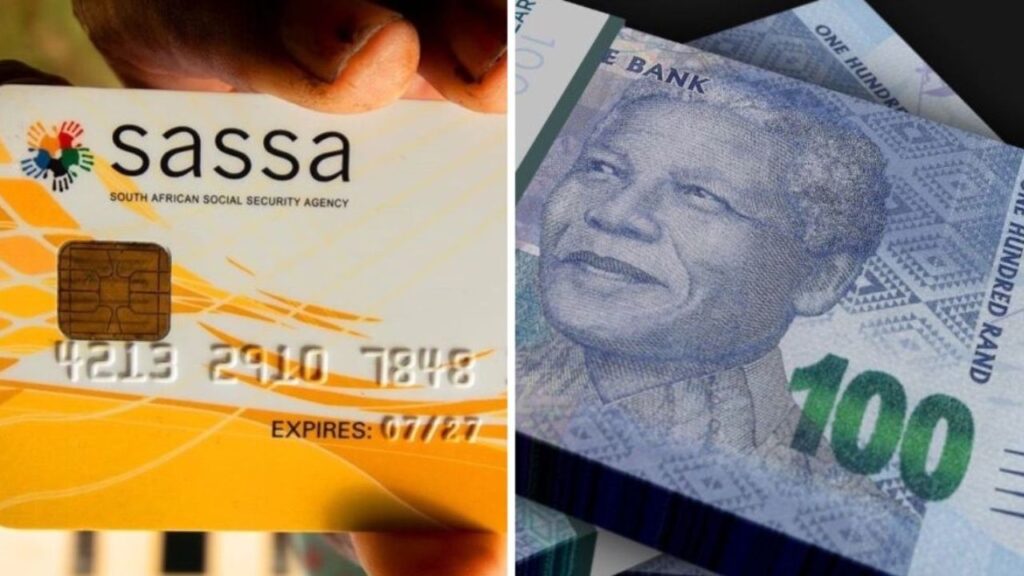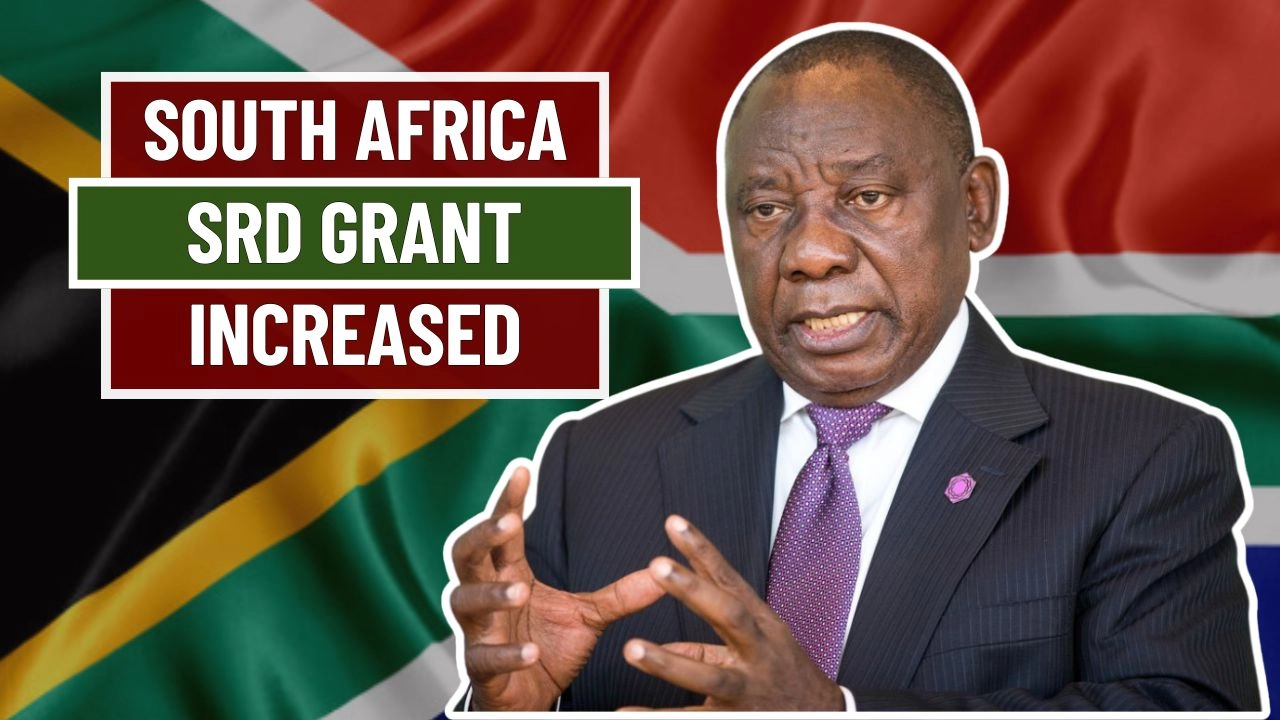South Africa’s Social Relief of Distress (SRD) Grant has undergone a notable increase in April 2025, offering a slight but meaningful uplift for those who depend on this financial support. The adjustment to the monthly payment brings the amount closer to the rising costs of essential living, helping to ease the pressure many vulnerable households face. As the new figure begins reaching recipients, it is essential to understand what this change means and how to ensure continued access to the grant.
What the New SRD Amount Means for Beneficiaries
As of April 2025, numerous beneficiaries have reported receiving R400 per month, up from the previous R350. While the South African Social Security Agency (SASSA) has yet to officially update this figure on its online platforms, the increase appears to be rolling out in practice. For those relying on this assistance, the extra R50 per month, though modest, can help manage basic expenses. It is important to note that while public confirmation is still pending, many users have verified receiving the raised amount through their banking notifications.
Understanding the Foundation of the SRD Program
Initially launched in 2020 as an emergency measure during the height of the COVID-19 pandemic, the SRD Grant was designed to help those without any form of income. Managed by SASSA, the program was intended to offer temporary relief, but due to continued economic instability and high unemployment, it has become a longer-term lifeline for many. This monthly grant plays a crucial role in helping individuals afford basic food, transport, and housing costs.
Is This the Start of a Bigger Safety Net?
This increase arrives during ongoing national discussions about the potential introduction of a permanent Basic Income Grant (BIG). Government stakeholders and research organizations, such as the Institute for Economic Justice, have been advocating for broader and more sustainable social protection mechanisms. Proposals suggest a future basic income could range from R624 to R1,200 monthly. President Cyril Ramaphosa’s recent State of the Nation Address hinted at transforming the current SRD into a more comprehensive safety net, indicating that this boost could be a transitional step in a broader economic reform.
Who Can Still Qualify for the SRD Support?

Eligibility remains focused on South Africans between the ages of 18 and 59 who are unemployed and not receiving any other state-funded financial aid. Applicants must also pass a monthly means test, confirming that their income is below R624, and must have a valid South African ID and bank account or mobile wallet for fund disbursement. Permanent residents and registered refugees are also eligible, provided they meet all other criteria outlined by SASSA.
Payment Schedule and Distribution for April 2025
For the month of April 2025, grant payments have been scheduled based on the last three digits of beneficiaries’ ID numbers. These are spaced out over the final week of April to manage distribution and processing efficiently. After SASSA releases the funds, it can take one to three business days for the money to reflect in the recipient’s bank account. Beneficiaries are encouraged to monitor their accounts regularly to confirm receipt and avoid unnecessary delays.
Know How to Apply for the SRD Grant in 2025
Applying for the SRD Grant remains accessible both online and through WhatsApp, with the online method being the most recommended due to speed and simplicity. Applicants must enter their ID number and mobile number, accept consent for verification, and follow the prompts. For those without access to digital tools, local SASSA offices still provide in-person support. It’s important to note that incorrect or outdated banking details often result in payment issues, so keeping personal records updated is crucial.
Why the SRD Grant Still Matters in 2025
Despite its modest size, the SRD Grant continues to serve as an essential buffer against economic hardship for over 8 million South Africans. In a country where unemployment remains above 30%, this assistance is often the only income source for youth, informal workers, and single-parent households. As food and transport prices continue to rise, every rand becomes critical. Even R400 can help pay for staple groceries, transport to job interviews, or mobile data needed for job applications.
Navigating Challenges and Staying Updated
As with any government program, there are occasional hiccups. Some applicants face delays or denials due to incorrect personal information or changes in banking details. Monthly re-evaluations can also result in temporary suspensions if criteria are not met. Beneficiaries are advised to check their status regularly on the official SRD portal and take swift action if any issues arise. If an application is declined, individuals have a 30-day window to submit an appeal.
Making the Most of Limited Resources
To make the SRD Grant stretch further, beneficiaries are encouraged to pair the financial aid with community resources such as food banks or job search assistance programs. Avoiding high-interest loans and planning purchases carefully can help extend the grant’s value. While the amount remains modest, it plays a vital role in maintaining stability during financially challenging times.


